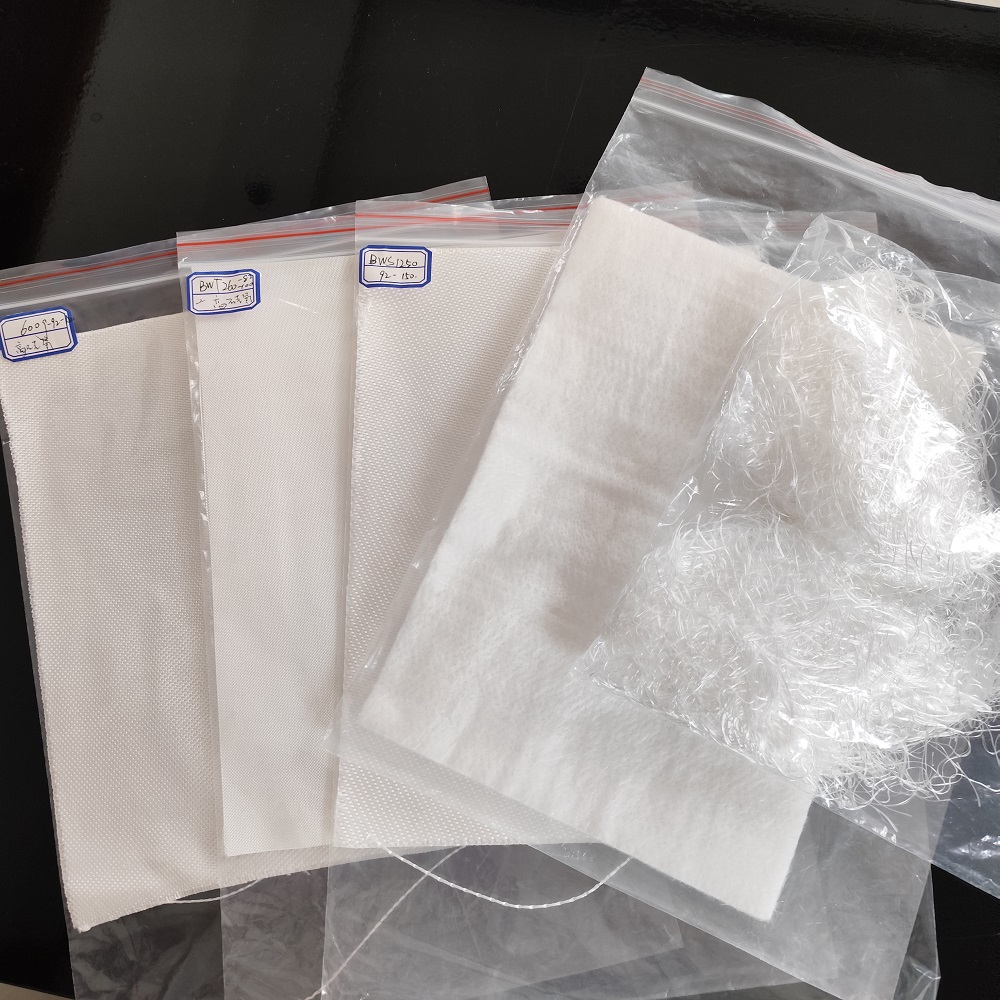
In the realm of welding, the shield is a welder’s closest ally, safeguarding against the intense light, heat, and flying particles that are part and parcel of the job. The evolution of welding shields has seen a significant shift towards incorporating fire-resistant materials, a change that has redefined safety and performance standards in the industry. This article delves into the critical role of these materials, particularly high silica fabric, in enhancing the functionality and durability of welding shields.
1. The welding industry landscape
The welding industry, a cornerstone of manufacturing and construction, is characterized by its demanding work environments where safety is paramount. Welders are often exposed to extreme conditions, including intense heat, ultraviolet and infrared radiation, and molten metal splatter. These conditions necessitate the use of highly protective gear, with welding shields being a critical component of a welder’s personal protective equipment (PPE).
The global welding equipment market, which includes welding shields, is projected to grow significantly, driven by advancements in technology and increasing safety standards. This growth is indicative of the industry’s evolution towards more sophisticated and safer equipment. The adoption of fire-resistant materials in welding shields is a response to the dual needs of enhanced safety and improved performance under challenging conditions.
2. The importance of fire resistant materials in welding shields
Fire resistant materials are the backbone of effective welding shields. They play a crucial role in protecting welders from the hazards associated with welding operations. The primary function of these materials is to resist the penetration of heat and prevent the ignition of the shield itself, which is critical in maintaining the integrity of the shield and ensuring the safety of the welder.
The benefits of incorporating fire resistant materials into welding shields are manifold. Firstly, these materials significantly reduce the risk of burns and other heat-related injuries, which are common in welding operations. Secondly, they enhance the durability of the shields, allowing them to withstand the harsh conditions of welding without degrading or becoming less effective over time. Lastly, the use of fire resistant materials contributes to the overall comfort of the welder, as these materials often have additional properties such as breathability and flexibility.
Moreover, the use of high-quality fire resistant materials is not just a matter of compliance with safety regulations; it is also a critical factor in the performance of the welding operation. Shields that incorporate advanced fire resistant materials, such as high silica fabric, offer superior protection and performance, which can have a direct impact on the quality of the welding work and the efficiency of the operation.
3. High silica fabric: a game changer in welding protection
High silica fabric has emerged as a revolutionary material in the realm of welding shields. Renowned for its exceptional fire resistance and durability, high silica fabric is made from synthetic fibers that can withstand extreme temperatures and resist the penetration of molten metal and sparks. This material is a significant upgrade over traditional welding shield materials, which often degrade under the intense conditions of welding.
The superior properties of high silica fabric make it an ideal choice for welding shields. Its high temperature resistance means that it can protect welders in environments where other materials would fail, providing a crucial layer of safety. Furthermore, high silica fabric is lightweight and flexible, allowing for greater comfort and ease of movement for the welder. This is particularly important in demanding welding operations where agility and comfort are paramount.
In addition to its physical properties, high silica fabric also offers practical advantages in terms of maintenance and longevity. Welding shields made from high silica fabric are easier to clean and maintain, as the material does not absorb contaminants or moisture. This not only extends the life of the shield but also ensures that it remains in optimal condition for longer periods, providing consistent protection and performance.
4. The future of welding shields: trends and innovations
The future of welding shields is being shaped by a combination of technological advancements and evolving industry needs. As welding operations become more diverse and demanding, the need for shields that can offer superior protection and performance is greater than ever. This has led to a trend towards the use of advanced materials, such as high silica fabric, which can meet the rigorous demands of modern welding environments.
Innovations in welding shield design are also playing a crucial role in enhancing safety and performance. Modern shields are being designed with features that not only improve protection but also offer greater convenience and comfort to the welder. For instance, some shields now come with integrated ventilation systems, which help to reduce heat build-up and improve comfort during prolonged welding operations.
Looking ahead, the integration of smart technologies into welding shields is set to be a major trend. Features such as real-time monitoring of environmental conditions, automatic adjustment of shield opacity based on welding intensity, and even health monitoring of the welder are just a few examples of how technology is poised to transform welding shields. These innovations will not only enhance the safety and performance of welding operations but also contribute to the overall efficiency and effectiveness of welding tasks.
Conclusion
The role of fire resistant materials, particularly high silica fabric, in enhancing the safety and performance of welding shields cannot be overstated. As the welding industry continues to evolve, the importance of using advanced, fire-resistant materials in welding shields will only increase. These materials not only provide essential protection to the welder but also contribute to the overall efficiency and quality of welding operations.
In conclusion, the incorporation of high silica fabric and other fire resistant materials into welding shields represents a significant advancement in welding safety and performance. As the industry moves forward, embracing these innovations will be crucial in ensuring the highest standards of safety and efficiency in welding operations. The future of welding shields lies in the continued integration of advanced materials and technologies, paving the way for a safer and more efficient welding industry.















